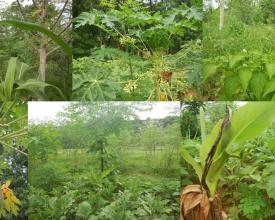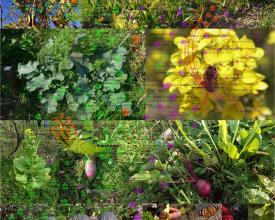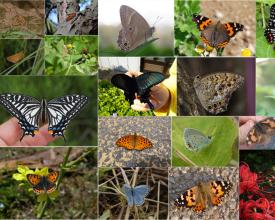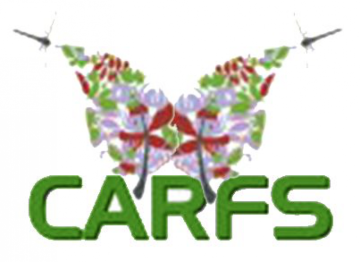
Synecoculture (synecological farming) project
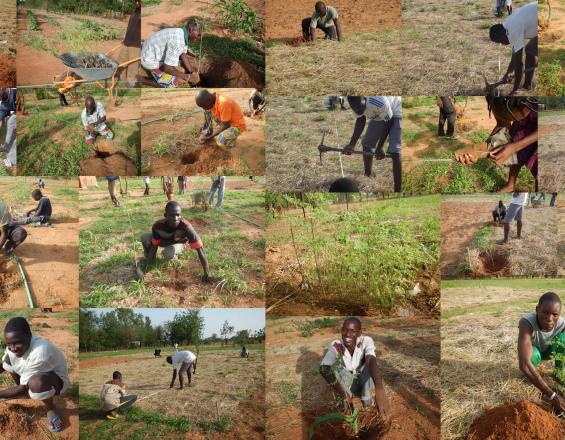
We constructed a novel method of market gardening: Synecoculture, based on the high-density mixed association of edible plants without the application of tillage, fertilizer, and chemicals.
We introduced a high crop diversity (200 species, 700 varieties in 1000㎡) for year-round sustainable harvests. This was shown to strengthen food security, nutrition profile, soil quality, cost efficiency, climate adaptation and field biodiversity.
In Japan, 2- to 4-fold productivity was attained compared to conventional method.
In Burkina Faso, 40- to 150-fold productivity and 10-fold cost-effectiveness was realized in the arid tropic region.
Linear extrapolation of the result shows a strategic propagation of synecoculture could lift the entire population of Burkina Faso above the poverty threshold, and substantial achievement of Aichi biodiversity targets.
Context
Challenges addressed
Location
Impacts
We have introduced about 200 edible plant species (700 varieties) on 1000㎡ scale in Japan from 2010, and 150 species in 500 ㎡ in Burkina Faso in 2015 under the controlled coexistence with naturally occurring species. Tillage and chemicals were not applied in order to preserve soil and ecosystems, neither fertilizer to prevent water pollution.
The high density mixed polyculture systems went through a self-organization process based on the spontaneous growth of plant community under the guidance of human by thinning harvest to maintain the coexistence of various species.
As a consequence, field and surrounding environments augmented biodiversity beyond a natural preservation state. Visual observation with the use of ICT recorded more than 1000 plant and insect species in Japan, including IUCN red data list species in a plot. Abandoned arid land in Burkina Faso reestablished the vegetation to a most mature stage of primary succession in terms of species composition.
In Burkina Faso, total costs for the implementation amounted to 1,487,218 CFAF/yr/500㎡ including seeds, water, tools, and labor costs, with the productivity of 7,572,000 CFAF/yr/500㎡. This results in the total cost effectiveness 5.09 (5 times more profit than overall investment) from the very first year, which is 10 times more than other tested methods.

